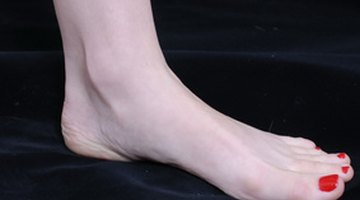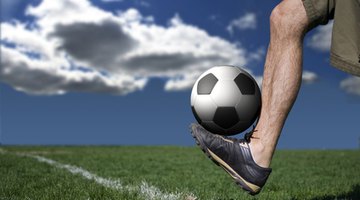A calf muscle collapse is a type of injury in which muscles of the lower leg, known as the triceps surae, become torn, detached, or partly detached from the tendons that hold them to bones. This can occur when the foot is extended suddenly with extensive force.
Anatomy and Kinesiology of the Triceps Surae

The triceps surae comprises two muscles, the soleus and the gastrocnemius, that flex the foot. Both insert into the calcaneus bone (the bone of the heal) by way of the Achilles tendon. Flexion is the position the foot takes when the toes are pointed. The opposite movement is extension, which stretches the calf muscles and the Achilles tendon.
- The triceps surae comprises two muscles, the soleus and the gastrocnemius, that flex the foot.
Misconceptions about Flexion and Extension

Often, the meanings of flexion and extension of the foot are reversed in common language, particularly with dancers. In medicine and anatomy, flexion often is called plantarflexion, and extension is known as dorsiflexion. A fast or powerful extension, or dorsiflexion, of the foot can pull calf muscles to the point of injury.
Mechanism of Muscle Collapse

If a foot is suddenly dorsiflexed, such as landing an under-rotated back somersault on a very hard surface, the Achilles tendon is pulled. If the tendon itself is not damaged but the muscle rips away, the liberated parts of the muscle might curl up. This is known as muscle rupture, or collapse. Symptoms include pain in the back of the calf, pain when the foot is plantarflexed against resistance (with someone holding the foot to make plantarflexion more difficult), and severe tightness of the calf for several days.
- If a foot is suddenly dorsiflexed, such as landing an under-rotated back somersault on a very hard surface, the Achilles tendon is pulled.
